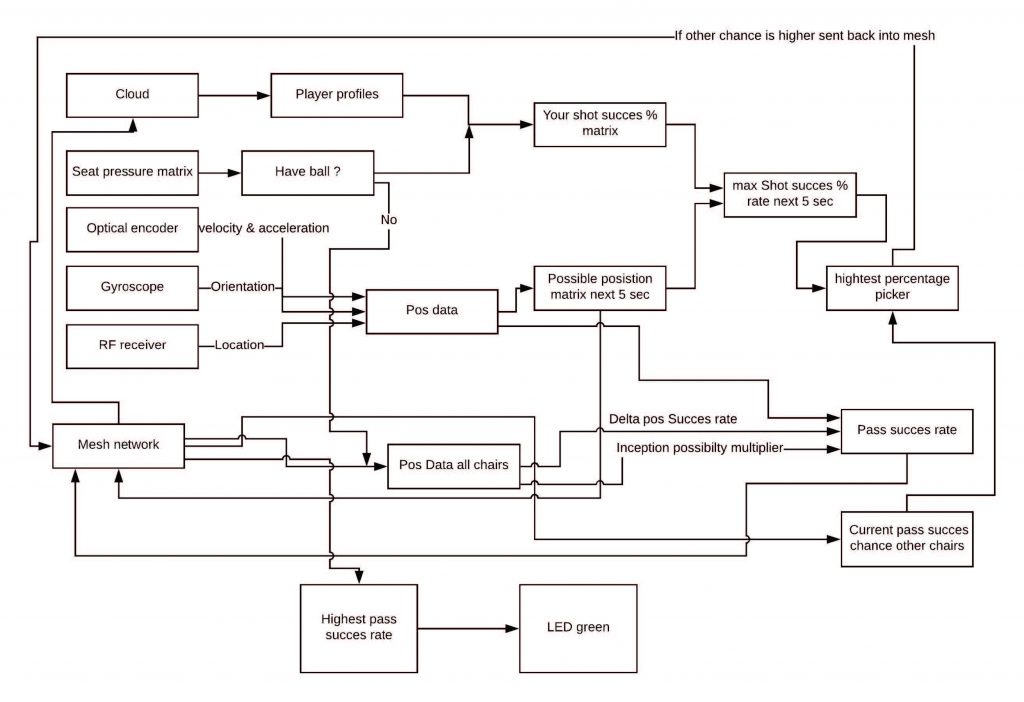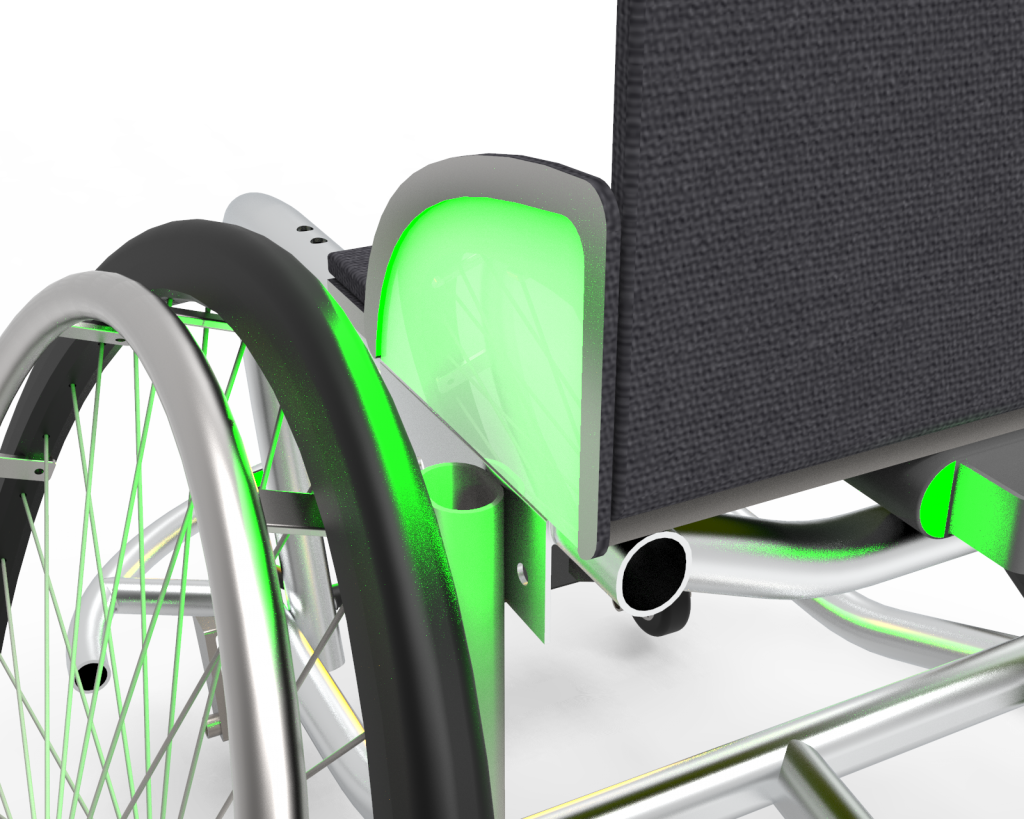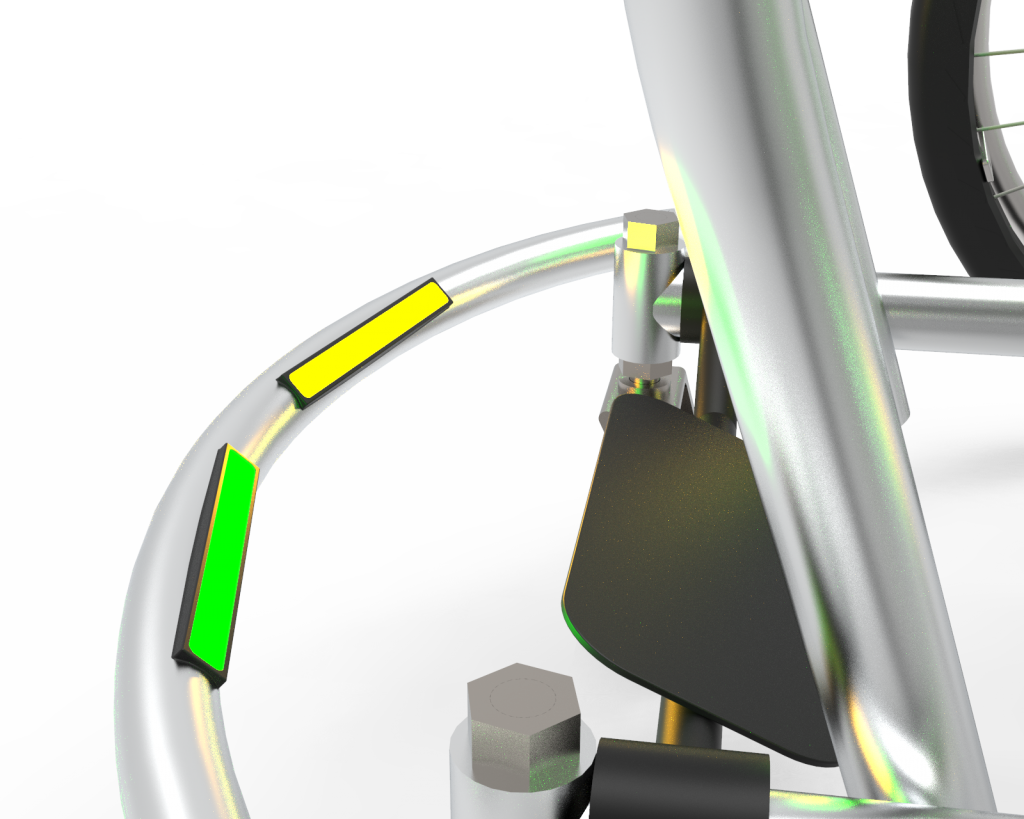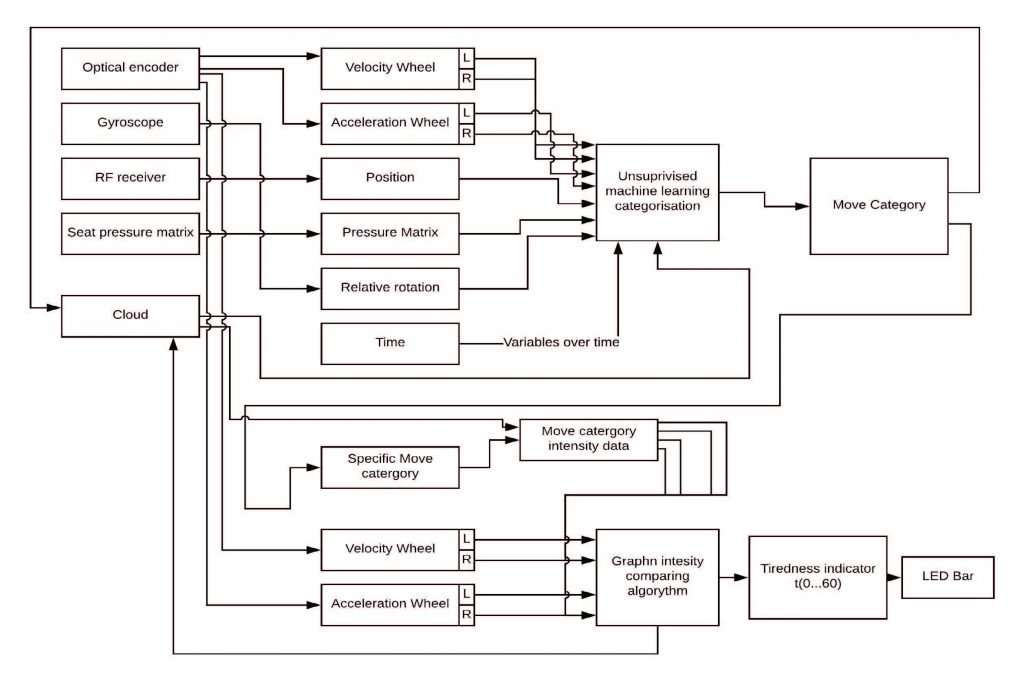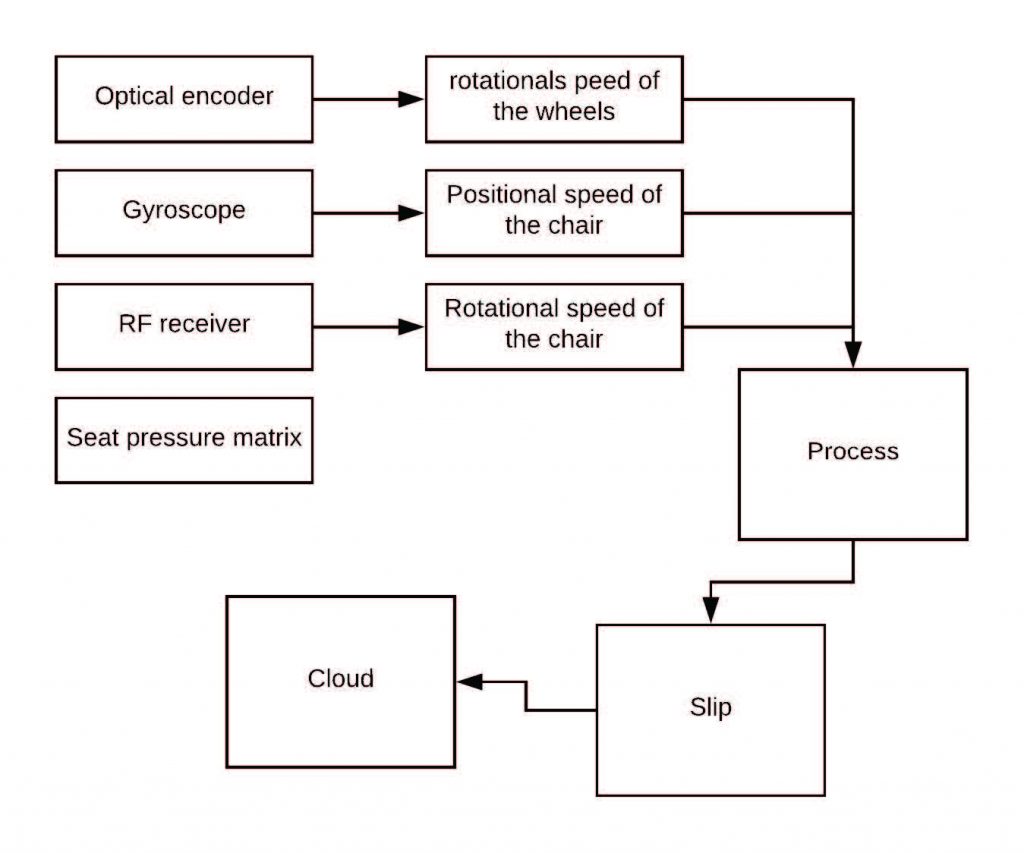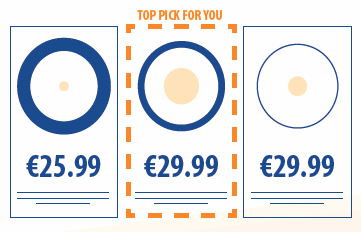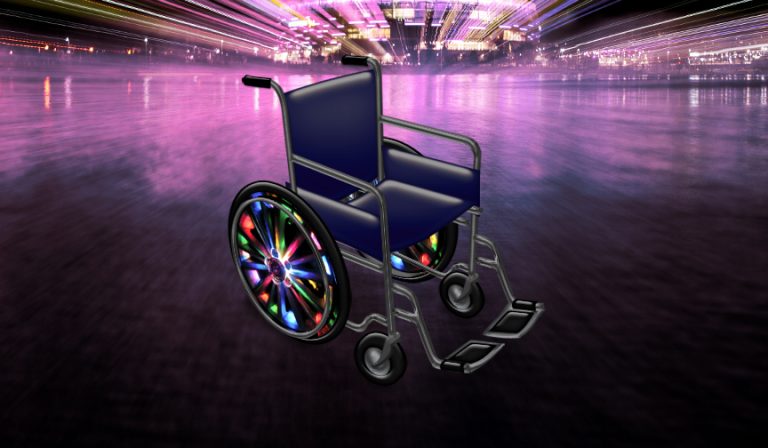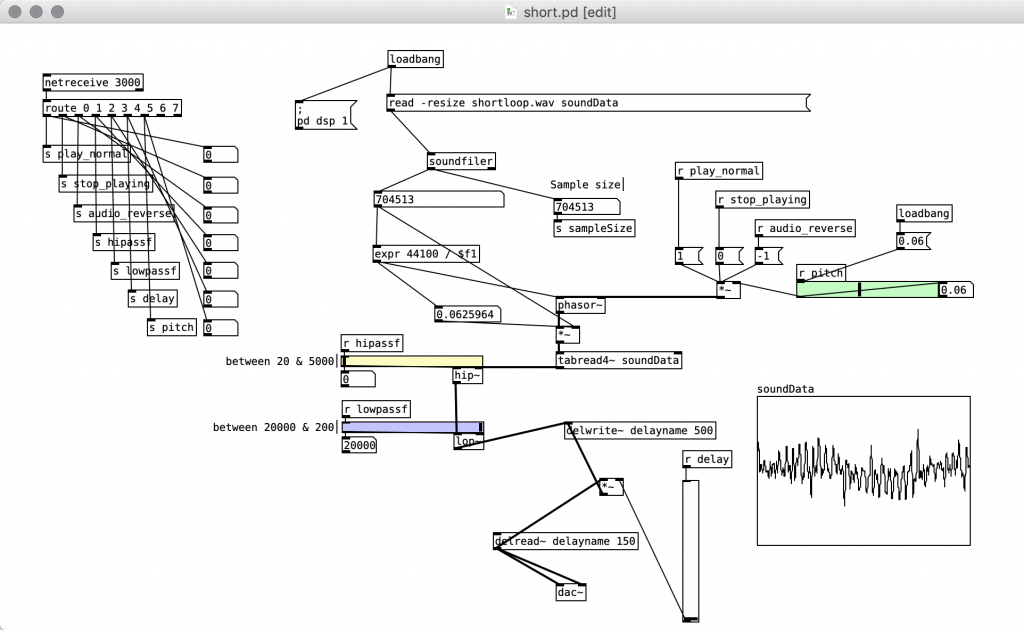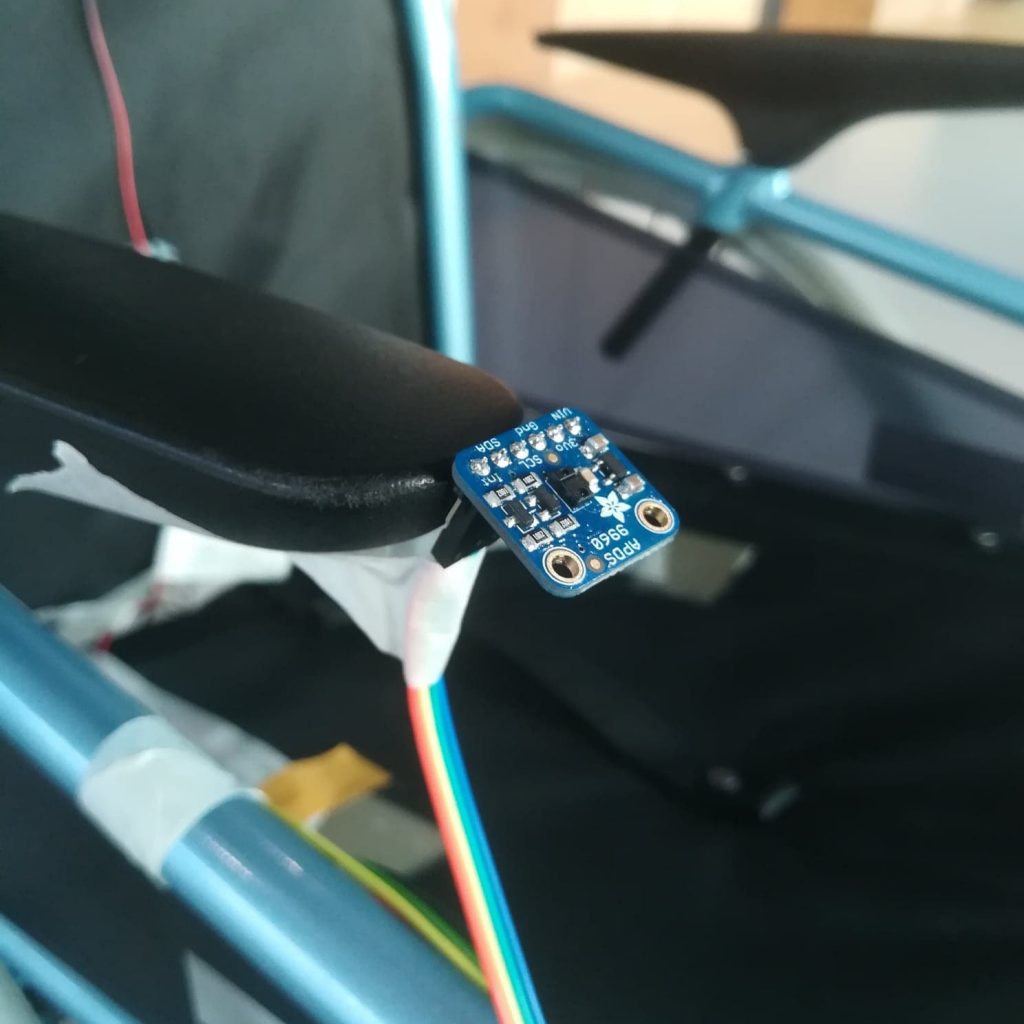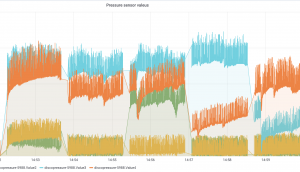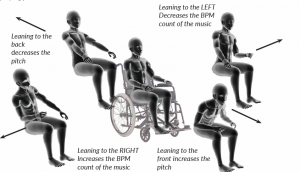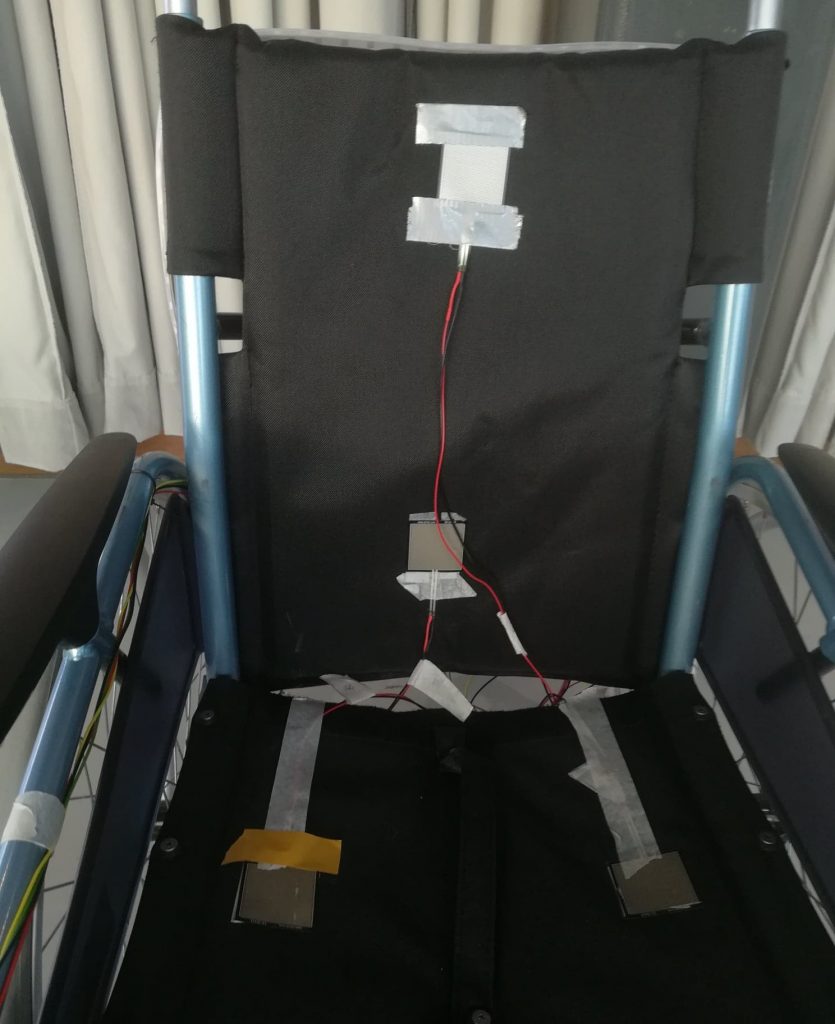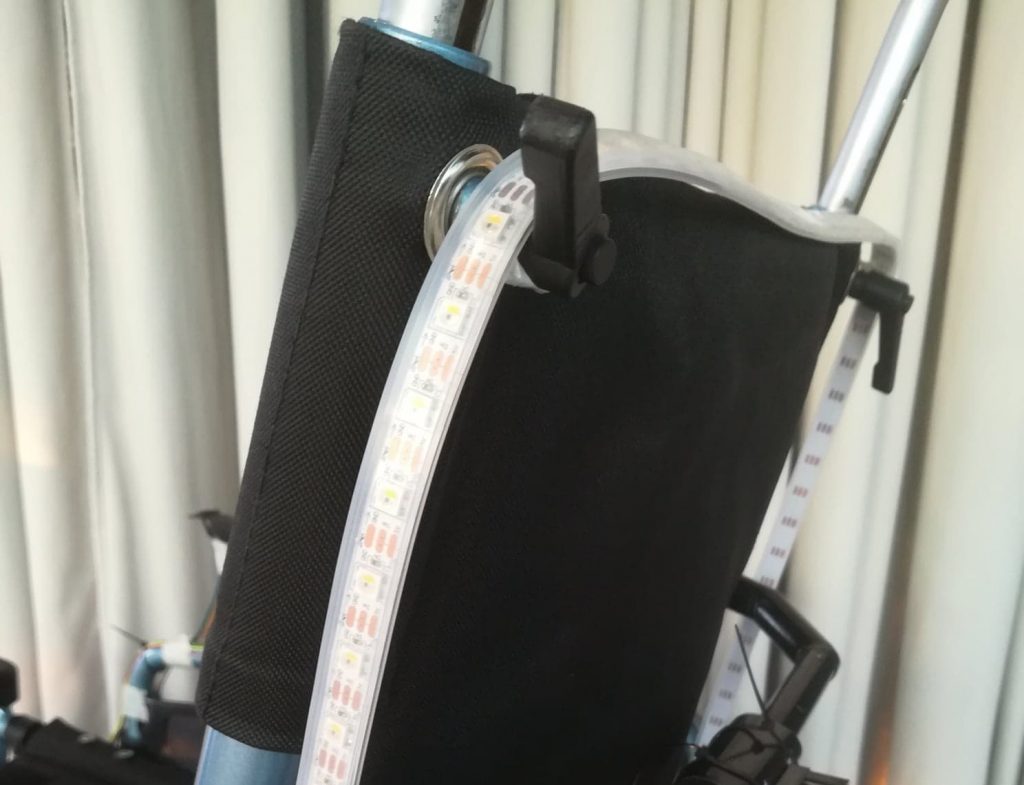IoT Basketball Wheelchair
IoT Basketball Wheelchair
Designing Data-Driven products and Services for the Internet of Things
Project details
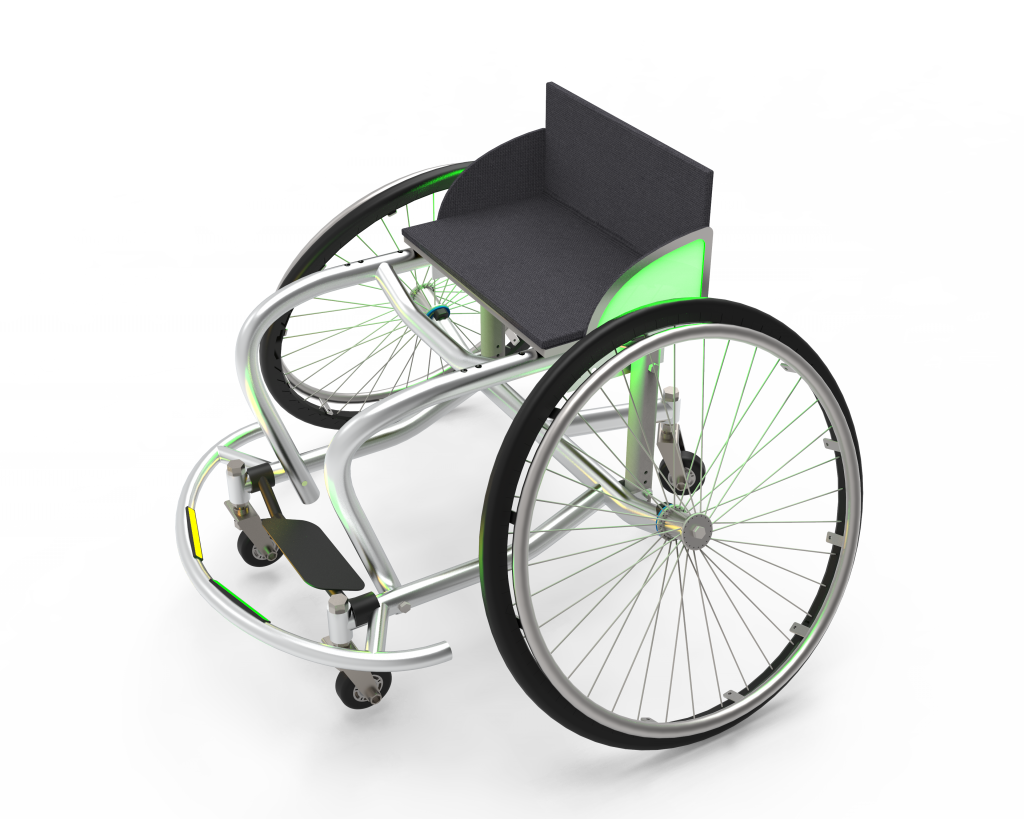
Project type:
ECTS:
Time:
Client:
Nature:
Keywords:
Elective
3
2018
TU Delft
Group Project
AI, Data, IoT
Project type:
ECTS:
Time:
Client:
Nature:
Keywords:
Elective
3
2018
TU Delft
Group Project
AI, Data, IoT
Summary
The goal of this elective was to design an IoT product and/or service system out of a wheelchair. To ensure we could design impactful features we decided to specify our target group from wheelchair users to basketball wheelchair users. From there we set out to design an IoT product that would provide both the users and the manufacturers of these wheelchairs with additional value. The final design embeds the wheelchair with 4 types of sensors, an optical encoder, a gyroscope, an RF receiver and a seat pressure matrix. These four sensors allowed us to add 3 additonal smart features to the wheelchair, iTactiX, Exhaustion Detection & Tired.
iTactiX is an feature to improves players tactical play by showing them wether they should take a shot at the basket from there current possition or pass to a specific team mate.
Exhaustion Detection aims to prevent injuried by measuring their exertion through a training and looking for abnomolies.
Tired is a system to detect the wear and tear of the tires. It allows the manufactur to give the players buy advice when their tires are in need of replacemant and is able to offer specifc tires based on their play style.
iTactiX
iTactix is a training feauture to help teams improve their tactical play in matches. It gives players suggestions on to who they should pass or if they should shoot on the basket. It bases these suggestion on location, orientation and acceleration data gathered throughout training and matches. This data allows the wheelchair to calculate in real time what the best option is given the players current location, orientation and velocity.
Exhaustion
Exhaustion is a feature to help prevent players injuries. It should the players how much energy they have exerted compared to how much energy they normally have. It does this by creating a profile for each player conisting of data about each training they have and the forces they exerted throughout each training.
Tired
Tired is a service what offers personalized tire advice to the basketball players. It does this by gathering data on the usage of the tires and makes a profile on how a player plays. It uses this information to offer tires with different friction or profiles that would fit their playstyle better. It also is able to predict tire ware and can use this to give the players a prompt when they should buy a new set of tires.

